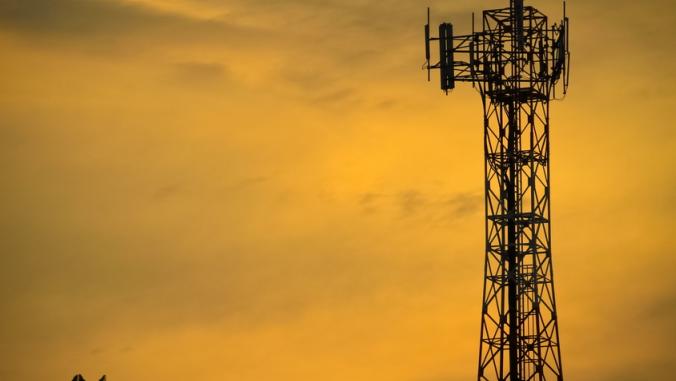How Microsoft is using data to slash its energy bills
<p>Good data collection can not only keep a sustainability program on track, but help companies set up an effective -- and potentially profitable -- program in the first place.</p>

Many companies already collect data to make sure their sustainability programs stay on track. But data collection also can go a long way toward helping companies set up an effective -- and potentially even profitable -- program in the first place.
That message was underscored in sustainability sessions at the OSIsoft user's conference in San Francisco this week. The software company's event ends Thursday.
“Every sustainability strategy should be built on a solid foundation of data collection,” said Andrew Fanara, OSIsoft’s chief sustainability strategist. Fanara notes that, from chemical plants to factories, there are many areas where essential company information can be collected. And the faster that data is collected -- preferably faster than every 10 minutes -- the bigger the advantage. “If you don’t have the fine contours,” he said, ”you run the risk of missing out on things that have value.”
OSIsoft has a working alliance with Microsoft (NASDAQ: MSFT). And Bill Mitchel, Microsoft’s senior director of environmental sustainability, said his company believes it can reduce energy use by 10 percent through data monitoring and other adjustments at its Washington state headquarters. That monitoring includes tracking when employees are in the building and also reducing the unnecessary use of lights, heating or other utilities.
And those reductions would come on top of additional savings from more energy-efficient equipment and from changing worker behavior, such as by having employees turn off equipment at the end of their shifts. While those changes may not sound like much, they can have a big impact at Microsoft headquarters, the area’s largest power customer, Mitchel said.
That facilility has 60,000 employees working in 118 buildings and using 35,000 pieces of equipment, making it the largest energy customer in Washington’s Puget Sound region.
“Ten percent of that [energy bill] is millions of dollars,” Mitchel said. And he believes there may be additional savings to be found by further reducing the amount of lighting, heating and cooling used daily. “Frankly you don’t know the tolerance of people working in your building,” he said.
Photo of Microsoft sign by James M Phelps, Jr via Shutterstock.
Experts are also using data in other ways, such as by monitoring when the wind and sun produces the highest amounts of power, and then directing energy harvesting efforts to those specific times. Dan Reicher, executive director of the Steyer-Taylor Center for Energy Policy and Finance at Stanford University, points to Google’s free PowerMeter tool, which allowed users to calculate their energy use, as a good example of such monitoring. Although PowerMeter was discontinued in 2011, many other companies are currently adding similar “smart meter” features.
But the direct benefits of such monitoring programs are not enough, said Reicher, who also has held top environmental positions at Google and at the Department of Energy during the Clinton Administration. He calls for additional federal funding for sustainable energy research, as well as government subsidies and higher energy-efficiency standards.
While sustainable energy makes sense in the long run, Reicher believes the big obstacle is how to get customers to buy in now.
“The ability to get people interested in a bad economy is not insignificant,” he said. “There is interest.”




